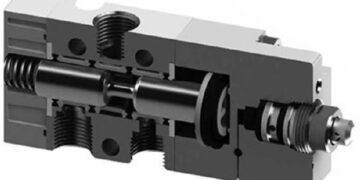Heated floors are not only an addition to general heating, but also autonomous heating, which is very important in the modern world. With traditional heating, heat rises and accumulates under the ceiling, and heated floors tend to distribute heat evenly. For families with small children, electric floors are a real find.
Installing electric floors is not difficult and a good owner can do it on his own. But if the floors are installed by specialists, then their warranty period will be ten years. Quality assurance is an important point, so it is better to entrust the work to professionals. Moreover, you can offer such options that you can not even guess about.
The easiest option for installing electric floors occurs in only a house under construction. Floor covering – linoleum, tile, laminate or porcelain stoneware. Parquet does not conduct heat, so it is not used as a coating if the plans include underfloor heating.
You can install underfloor heating in an already built house, but this will require the dismantling of old floors. The surface is poured with concrete and covered with a heat-insulating layer, an electric cable is laid on it, again concrete and a coating under which the wires are hidden. The floor or air temperature sensor is on the surface.
Manufacturers offer to purchase ready-made underfloor heating in the form of heated laminate. The assembly of such a floor consists in connecting the heating elements and laying the floor. The thickness of the heating elements does not exceed the thickness of the coating. A huge advantage of this floor is its remote control. The command to turn on can be given using the Internet. And the presence of a thermostat allows the floors to turn off and on at a given time.
Ready heated floors have a high cost, and electricity consumption increases significantly. But electric floors are no longer a luxury and are found in the homes of middle-income people.































